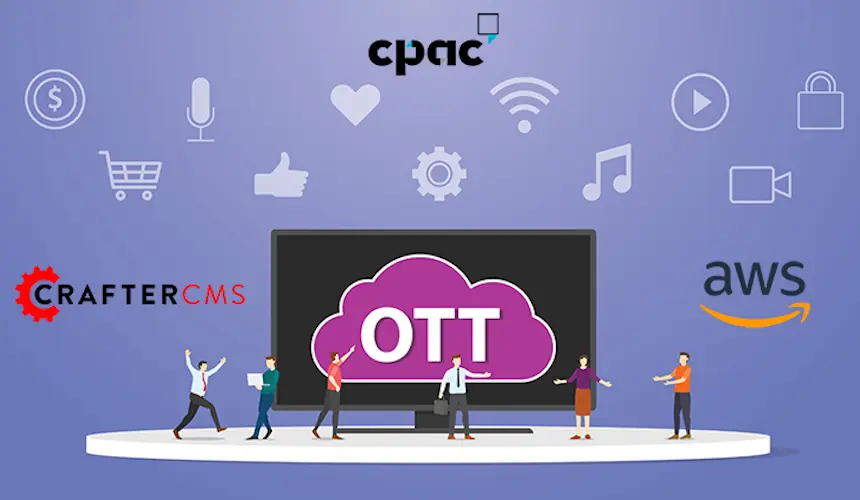What Is JHipster?

Amanda Lee

Open source frameworks and technologies power a large portion of the modern web and are vital in any developer’s arsenal. One such open source tool is JHipster, a Java-based generator that uses an extensive set of Spring technologies, enabling developers to develop and deploy modern web applications and microservices.
In this article, we’ll give an overview of JHipster, some reasons you should consider using it, and how you can leverage it alongside a robust headless CMS to create engaging content applications.
What Is JHipster?
JHipster is an open source application generator or development platform for building and deploying modern web applications and microservices using JavaScript and Spring. It allows developers to quickly generate applications with a Java backend and a JavaScript frontend.
Spring technologies such as Spring Boot or Spring MVC are used for the Java backend, while Angular, React, and other frameworks can create the frontend. It also includes mobile support for React Native and Ionic. As a Yeoman generator, JHipster allows you to create a preconfigured tech stack and generate code for security. Internalization and database integration features are also included.
The platform embraces cloud native principles using Docker and Kubernetes and includes deployment support options for AWS, GCP, Azure, and others.
Why Use JHipster
Developers considering using JHipster can rely on a number of benefits:
- Open Source: As an open source technology, JHipster includes community support, increased flexibility, and interoperability, allowing developers to customize it to suit their needs.
- Easy Setup: JHipster offers a preconfigured stack that makes setup easy and fast.
- Modular: JHipster uses a modular architecture that allows developers to quickly add or remove features as necessary.
- Full-stack: Support is provided for popular JavaScript frameworks such as React, Angular, and Vue, making it a suitable choice for modern full-stack developers.
- Testing Support: Developers can test applications in various environments including unit, integration, and end-to-end testing.
JHipster and CrafterCMS Combine For Content Applications
Since its creation, JHipster has remained popular among developers and is used by a number of leading organizations across several industries. Developers hoping to experiment with this technology while building content applications will need the support of a CMS that offers no restrictions on the tools and technologies they can use to build.
CrafterCMS is a Java and Spring-based headless CMS that provides that freedom. Developers are able to enjoy a 40% increase in productivity while using CrafterCMS and can launch applications, websites, and omnichannel experiences with ease. CrafterCMS’s open source architecture and framework flexibility are perfect whether software teams want to use JHipster or any other modern web development tool.
However, unlike other headless CMSs that might limit marketers, CrafterCMS offers an easy-to-use content authoring interface with a WYSIWYG editing experience to make their lives much easier.
Learn more how CrafterCMS makes everyone throughout the organization happy and the freedom it can provide developers by reading our tutorial: How to Build Content-Rich Node.js Applications with a Headless CMS.
Related Tags
Related Posts

How Should You Structure a Blog Post So AI Models Actually Cite It?

Amanda Jones

Publishing Content from Crafter Studio to External Systems and Databases

Sara Williams

Websites Are Dead?

Mike Vertal

No-Code Experience Building for Marketers & Designers

Amanda Lee
Related Resources
-

CrafterCMS at eBay: The Universal Content Platform for eBay.com
Webcast
-

Personalized Digital Experiences for a Cruise Liner
Webcast
-

Introducing CrafterCMS v4.0
Webcast
-

Modernizing Video Delivery and Content Management at CPAC, A Canadian Nationwide Broadcaster
Webcast
-

AI-based Media Asset Management with AWS Rekognition and CrafterCMS
Webcast





